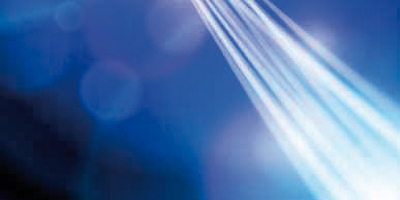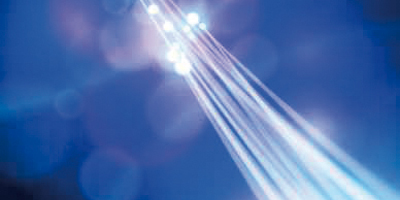Get all the relevant information from your hyperspectral images!
Are you wondering about your hyperspectral images?
- How to process hyperspectral data?
- What Machine Learning method can I use?
- How to validate my model? How to interpret it?
- What is the best combination of preprocessing?
- What image processing tools are useful upstream for hyperspectral imaging?
- Which hyperspectral camera to choose?
When working on multispectral or hyperspectral imaging data, whether near infrared, infrared or Raman hyperspectral imaging, several questions arise about the choice of equipment, its implementation, the processing of images and spectra, 3D data management, model optimization…
You wish to:

Interpret
your hyperspectral images
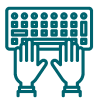
Develop
accurate and robust models on your hyperspectral images
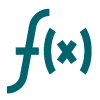
Transfer
your spectral and hyperspectral models and databases efficiently
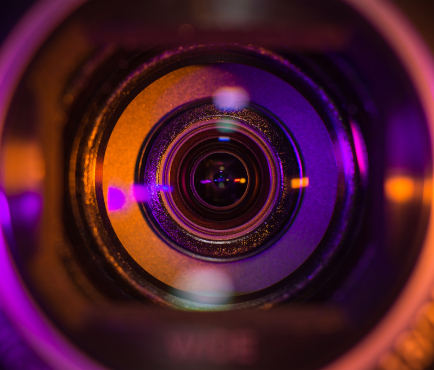
The analysis of spectral and hyperspectral data is at the heart of Ondalys’ profession. We carry out feasibility studies to help you find the best measurement chain for your specific problem.
Member of the associations HelioSPIR (Scientific Network of Near Infrared Spectroscopy) and GFSV (French Group of Vibrational Spectroscopy), Ondalys has in-depth knowledge of all the spectroscopy equipments and hyperspectral cameras existing on the market.
Hyperspectral imaging
Hyperspectral imaging is a technique that combines spatial information and vibrational spectroscopy (near-infrared, visible, Raman, UV, etc.): in each pixel of the image, instead of 3 RGB planes, an entire spectrum is measured at various wavelengths. We thus obtain a data cube (3D data: X coordinate * Y coordinate * spectrum), containing both spatial and spectral information. Each sample being a cube, the quantity and complexity of the data are quickly greater than in classical spectroscopy.
In hyperspectral imaging, the objective is generally to develop unsupervised classification models (PCA, clustering, CAH, Kohonen Map, etc.) or discrimination, by supervised methods (SIMCA, PLS-DA, SVM, ANN ). Indeed, it is much easier to assign a category to a pixel to answer problems of identification (Pattern recognition) rather than a chemical quantity.
If you want to develop a quantitative model (PLS, SVMR, ANN), and if it is possible to know the reference measurement (concentration) for a group of pixels. A strategy of segmentation and averaging of homogeneous zones is often necessary in order to build the calibration model; this model is then applied to the image in order to obtain a “false color” image, the color giving the level of concentration.
Thus, although the methods of Chemometrics and Machine Learning are similar to those applied to spectra, analysis strategies specific to imaging have to be applied: background removal / segmentation of areas of interest (ROI – Region Of Interest), assignment of references to pixels, possibly averaging of pixels, unfolding of the data cube to build the spectroscopic models using Machine Learning tools, refolding of the data cube for interpretation, etc.
To process and interpret this complex data, Ondalys can support you using the Chemometrics and Machine Learning tools most suited to hyperspectral imaging objectives.
We are also qualified for the application of conventional image processing, in particular for the detection of the area of interest (ROI) and the exclusion of the background by segmentation methods or multivariate analyzes, or even for the detection of objects and the extraction of their characteristics.
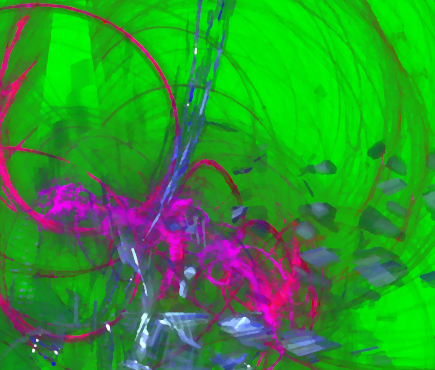
Hyperspectral images can be used in many applications:
- Spatial homogeneity of the chemical composition of products (powders, granules, flours, etc.)
- Control of product uniformity (tablets, lyophilizates)
- Detection of foreign matter for process monitoring
- Sorting of samples (example: recycling of waste)
- Detection of counterfeits (on chemical spatial heterogeneity)
Software implementation
We develop models from hyperspectral imaging data using various market software (MIA® with PLS_Toolbox®, HSI with Unscrambler®), but also free software (R, Python…).
Our expertise at the service of hyperspectral data analysis
With over 15 years of experience in data analysis (Chemometrics and Machine Learning), in particular applied to measurements from spectrometers and hyperspectral cameras, the experts of our teams support you at each stage of your projects.
They talk about us
« In multivariate data processing, Ondalys is just the mandatory partner! »






 How pleasant it is to be able to face complexity in good humor and with the sense of measure! It is this pleasure that I personally always had in contact with Ondalys team during our collaborations.
How pleasant it is to be able to face complexity in good humor and with the sense of measure! It is this pleasure that I personally always had in contact with Ondalys team during our collaborations.